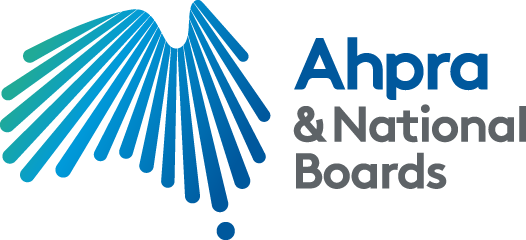Introduction
Australia, like most of the world, is experiencing a health workforce shortage, affected by population growth, social changes and the lingering effects of the COVID-19 pandemic.
This year, we advanced a comprehensive program of work to ensure the numbers of registered practitioners can keep growing to meet these demands.
Expanding the workforce
The number of registered health practitioners increased by 2.9%, to 877,119. We continue to focus our efforts on registering suitably qualified practitioners so they are available to work in the areas they are needed. This year, our initiatives to streamline registration processes included increasing engagement with employers and further reducing timeframes to assess applications. Registration applications were 14.3% higher than last year, and the average time taken to assess an application was almost two-thirds faster than last year.
A raft of significant changes was put in place to improve the registration process for international applicants. This work accelerated in line with National Cabinet commissioning the Independent review of overseas health practitioner regulatory settings, led by Ms Robyn Kruk AO, which is looking at ways to ease health workforce shortages by smoothing the pathways for international practitioners to come and work in Australia. We have cut the time it takes to assess applications, boosted exam places for internationally qualified nurses and consulted on making English language requirements more flexible. There was a dramatic increase in the number of overseas-qualified practitioners being registered (147.6% more nurses and midwives, 41.1% more international medical graduates and 50.3% more allied health practitioners). We will continue to work on improving their application experience, while maintaining our high quality and safety standards.
Ensuring safety
We worked in several areas to strengthen safety, the most notable being cosmetic surgery reforms and improved management of sexual boundary violations.
- To respond to the rising risk in the cosmetics sector, we established a Cosmetic Surgery Enforcement Unit with specialist investigators, conducted a targeted audit of advertising and established a telephone hotline for members of the public and practitioners.
- We released a blueprint to better protect patients from sexual misconduct, with a range of measures underway, including a review of the criminal history registration standard and employing more specialist investigators and social workers to support notifiers.
Cultural safety
Cultural safety for Aboriginal and Torres Strait Islander Peoples is a new objective and guiding principle of the National Scheme. It is one of the more than 30 reforms to the National Law aiming to strengthen protections for the public that were passed in October. In the third year of our Aboriginal and Torres Strait Islander Health and Cultural Safety Strategy, we began developing a culturally safe notification process and established a new Aboriginal and Torres Strait Islander Engagement and Support team to assist registrants. Seventeen Aboriginal and/or Torres Strait Islander people were appointed to Boards, committees and staff positions.
Regulatory insights
We consulted on a data strategy, which takes into consideration our unique access to health practitioner data and its potential use. In this consultation, stakeholders, practitioners and the public considered opportunities to use and share some of these data to inform health workforce policy and planning and to improve public safety. We continue to assess the regulatory insights found in our data to help us understand emerging issues and manage risk.
In this report, we are pleased to share our work to make healthcare safer for every Australian. We thank Ahpra staff and National Board and committee members, who have navigated a year of great change, for their efforts and achievements. And we would like to thank the registered practitioners around Australia for their continued dedication to safe, high-quality healthcare.
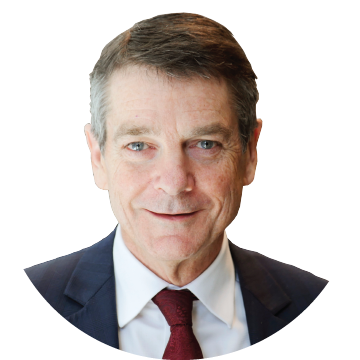
Mr Martin Fletcher
Chief Executive Officer, Ahpra
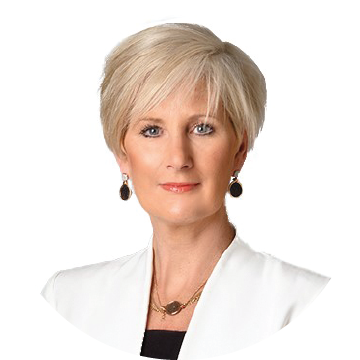
Ms Gill Callister PSM
Co-convenor, Forum of National Registration and Accreditation Scheme Chairs
Chair, Ahpra Board
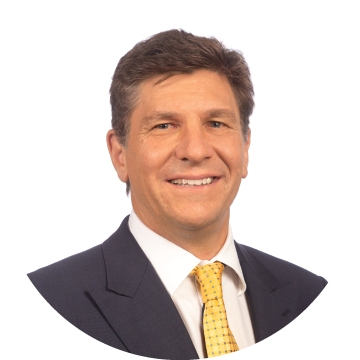
Mr Brett Simmonds
Co-convenor, Forum of National Registration and Accreditation Scheme Chairs – to 3 Feb
Chair, Pharmacy Board of Australia
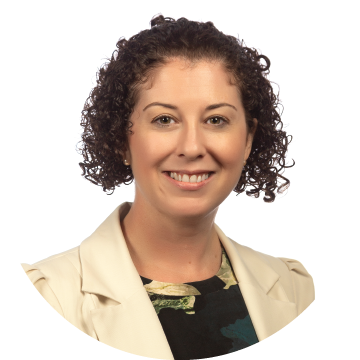
Ms Rachel Phillips
Co-convenor, Forum of National Registration and Accreditation Scheme Chairs – from 4 Feb
Chair, Psychology Board of Australia
